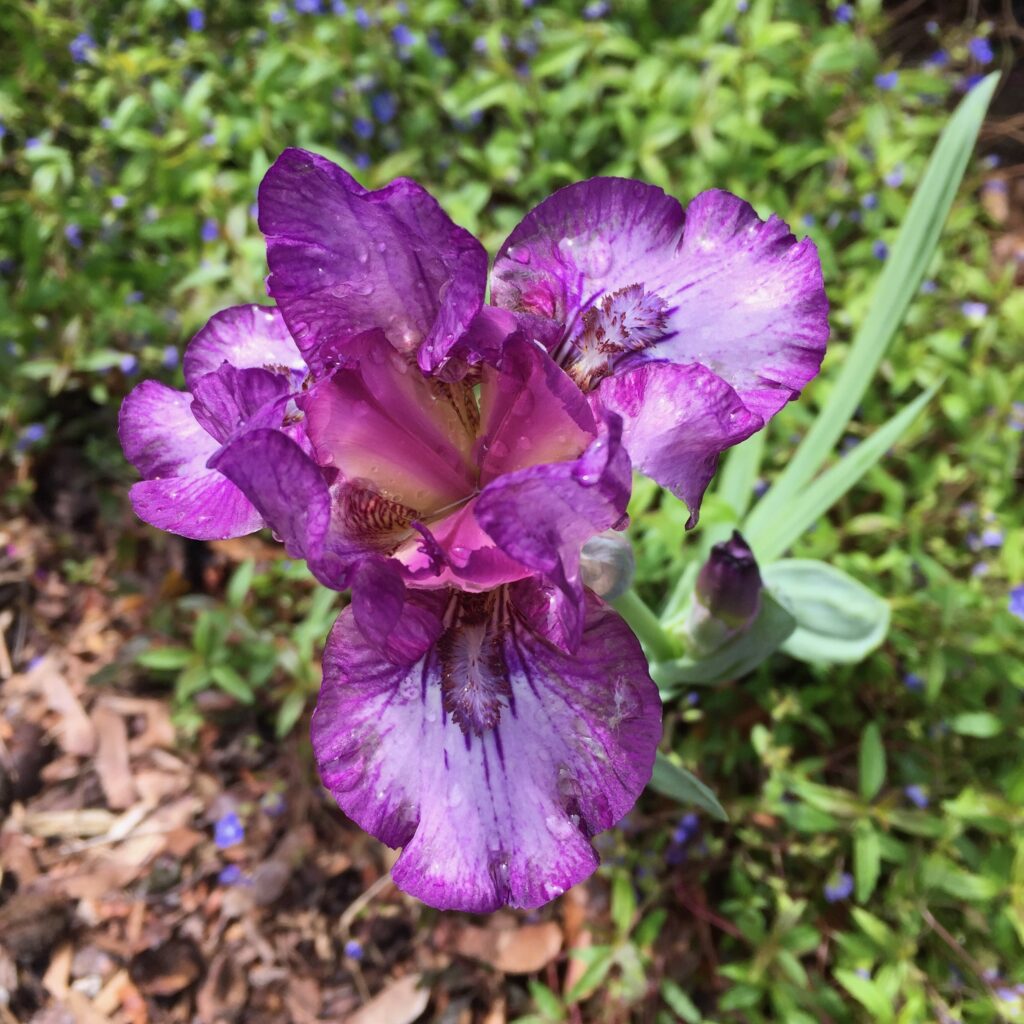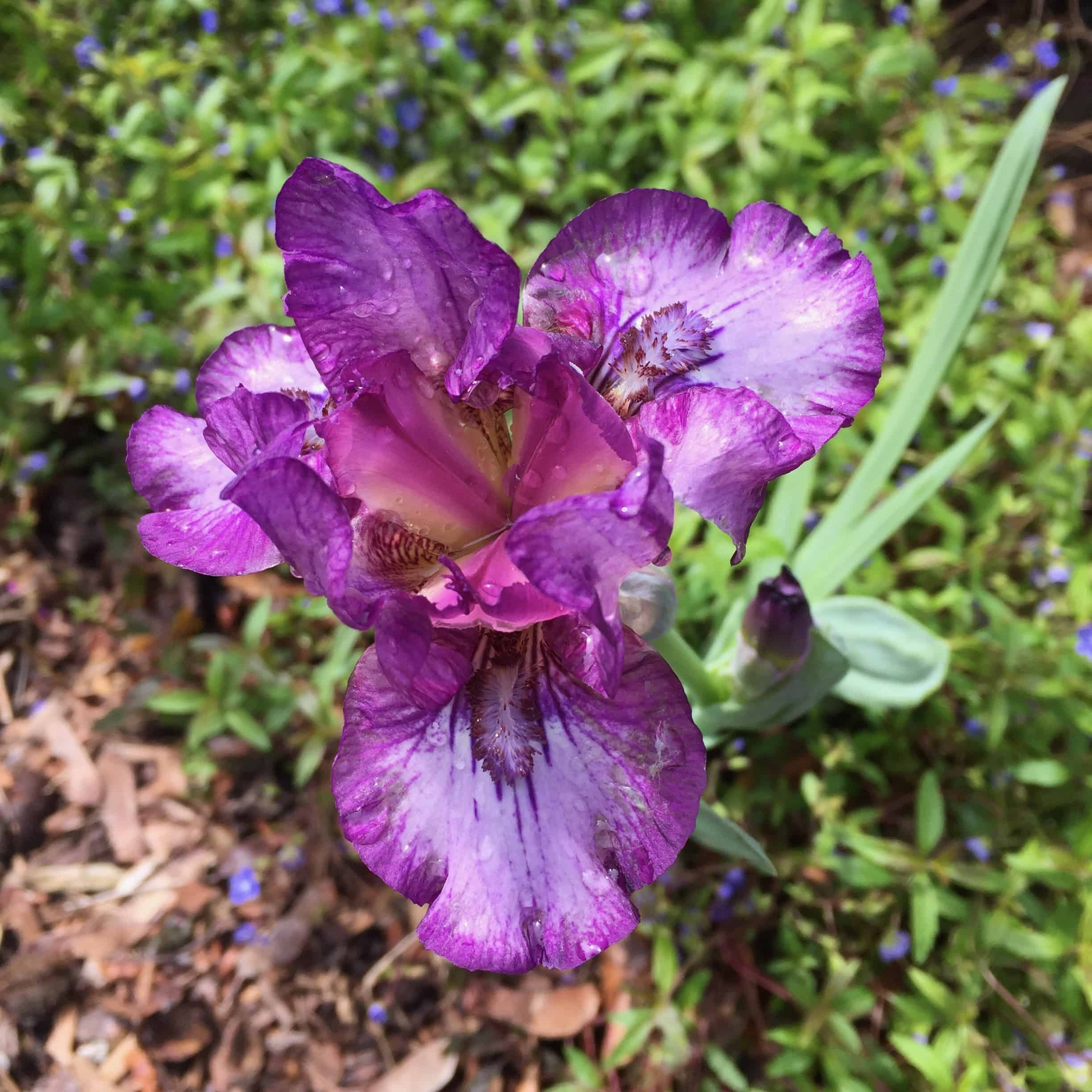During the dog days of summer, gardeners are mostly trying to keep on top of routine tasks: deadheading annuals and perennials; weeding; watering containers and vulnerable plants; and maintaining the compost pile. But if you grow bearded irises, add “divide iris rhizomes” to your to-do list.
For the why, when and how of this annual task, read “Dividing irises” from Penn State Extension Service and “How to divide iris” from Savvy Gardening for solid advice. If you want a visual lesson, here’s a YouTube video prepared by Toronto Master Gardeners.

Now is also the time to strike a couple of tasks from your to-do list. It’s time to stop supplemental feeding of trees and shrubs, because the resulting new growth may not have time to toughen up before winter strikes. It’s also best to avoid moving or dividing herbaceous perennials or seeding a new lawn when it’s hot and dry. Better to do these projects in the fall, when temperatures are usually cooler and there is the likelihood of more rain. (Sadly, that’s not often the case nowadays, but we can hope.)
Designing with small ornamental grasses
Not everyone has room for the tall, dramatic ornamental grasses so popular these days, nor does everyone relish the task of bushwhacking big clumps down in late winter/early spring to make room for next season’s growth. But if you want the texture and form that ornamental grass can provide in a perennial bed or a low-maintenance partner for hostas, consider a few of the shorter varieties, such as moor grass and dwarf fountain grass. In “Benefits of short ornamental grasses” Judith Adam lists a few of her favourites.
World’s smartest insects
Have you every wondered what the most intelligent insect is? Maybe not, but people at Atlas Obscura posed this question to a few entomologists. Of the many insects to consider, I’ll narrow your options down to three to give you a head start. Is it ants, honeybees or cockroaches? Here’s the verdict.

